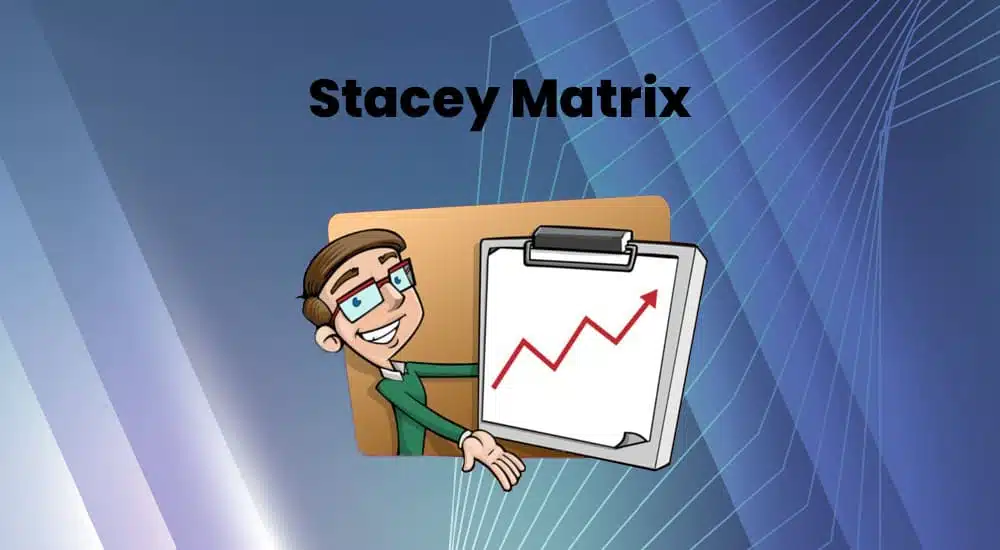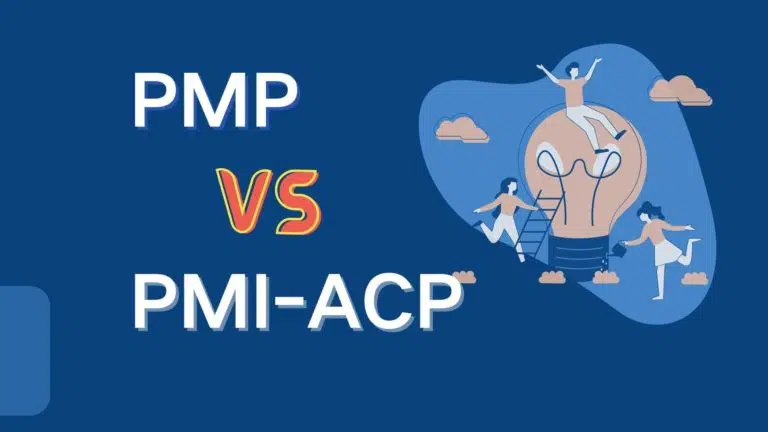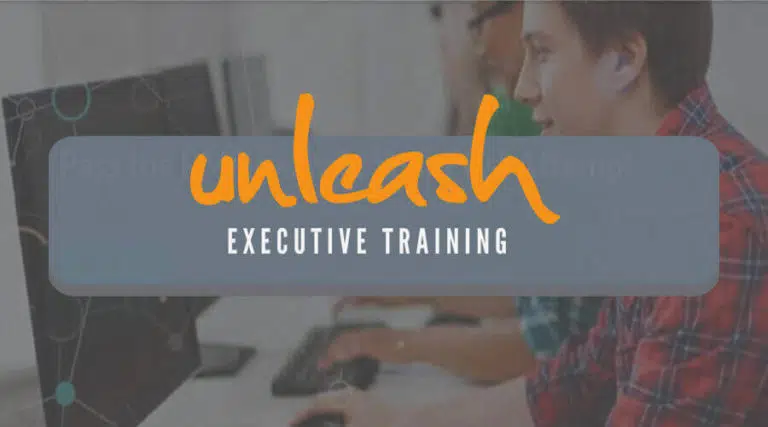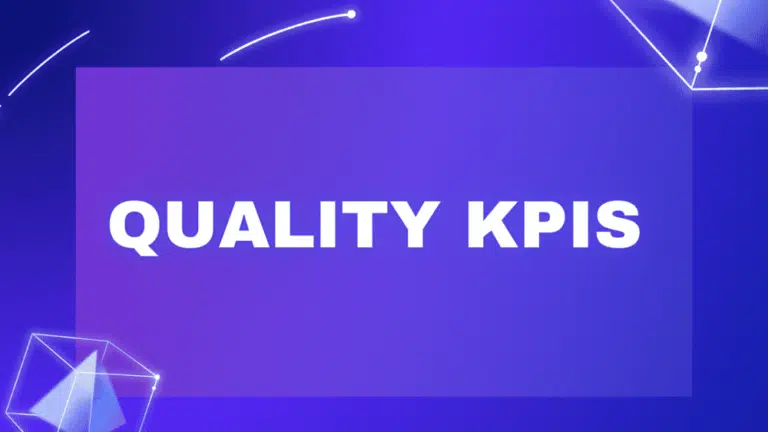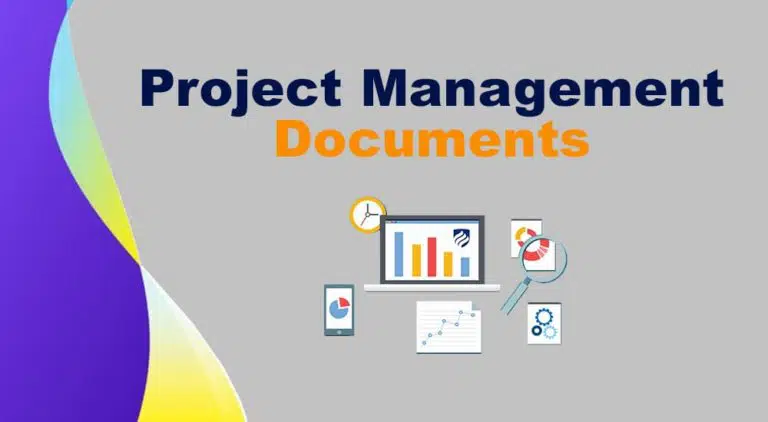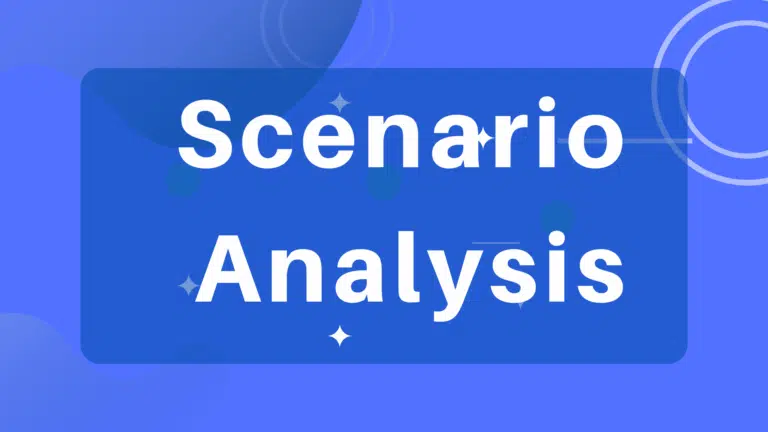The Stacey Matrix is an intelligent tool designed by Ralph Stacey to deal with problems by scrutinizing their complexity and the degree of agreement among stakeholders to solve them. This is a vital tool to help leaders make the right choices.
The Stacey Matrix also helps develop creative ideas that allow everyone to agree on a solution (i.e., compromise). Often things get messy and confusing (or anarchy), but using experience and judgment, the Stacey Matrix provides the best solution or the “desired outcomes.”
What is the Stacey Matrix?
The Stacey Matrix helps understand complex problems by considering how certain you are about something and the degree of disagreement.
This tool uses a diagram with x and y axes. The vertical y-axis shows the level of agreement among decision-makers. The horizontal x-axis shows how certain they are about their choices. The farther from the center, the less certain they are.
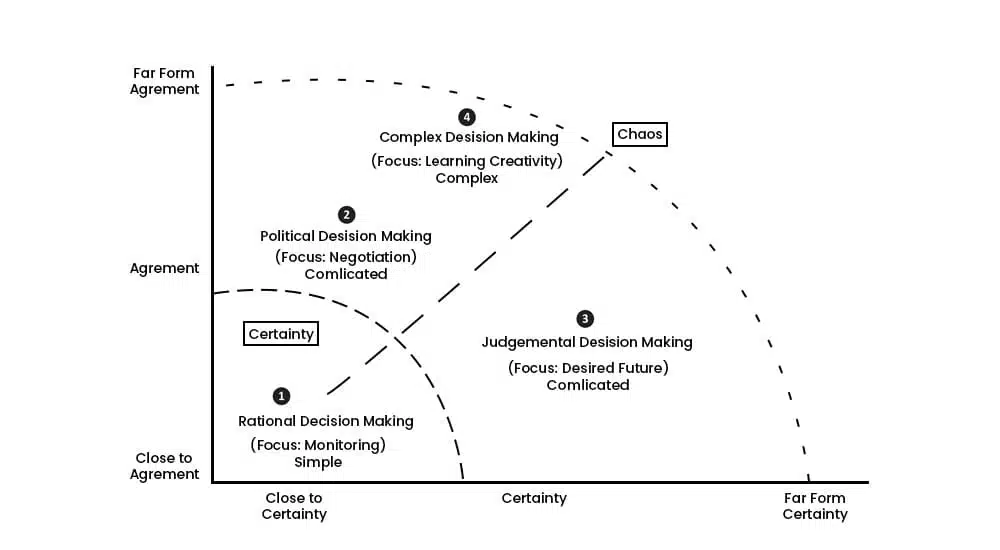
The matrix is split into five different areas of decision-making:
- Certainty: You are in a comfort zone if there’s a lot of certainty and agreement. You can use methods from experiences to predict the future and decide. You can plan actions to reach your goals and compare progress with the overall plan.
- Political Decision-Making: Things can get tricky with many uncertainties and disagreements. The outcomes are obvious, but the decision-makers can’t agree on them. Here, decisions should be made through negotiations.
- Judgmental Decision-Making: If there is high agreement but a lot of uncertainty, you are moving into uncharted waters. Everyone agrees on how to produce some results but can’t agree on their preferred methods. Instead of relying on experiences, the focus shifts to politics. Decisions are made through coalition-building, discussion, and compromise.
- Complex Decision-Making: The complex zone is between traditional management approaches and the anarchy zone (sometimes called the “edge of chaos”). Regular methods don’t work well here, but it is a place of high creativity and invention, and you can break away from the past to create new working methods.
- Chaos: Finally, the anarchy zone contains high uncertainty and disagreement. Traditional planning and negotiating techniques don’t work here. It is best to avoid issues when uncertainty is high and there is little consensus.
The Stacey Matrix is useful for navigating complexity, disagreement, uncertainty, and anarchy. It promotes adaptability, agility, and creativity, helping decision-makers lead their teams to execute their mission.
Excursus: Cynefin
The Cynefin framework, created by David J. Snowden, is a tool to understand problems and make decisions that fit the situation. It splits tasks, challenges, and projects into five categories: basic, complex, chaotic, and unclear. The framework recognizes that actions should match reality by understanding different domains or subsystems.
This framework helps leaders to use the right leadership approaches. They learn what is complicated and avoid taking wrong actions. It prevents wasting energy by overthinking simple tasks and ensures that complex issues are not tackled with ordinary methods.
The Cynefin framework has been widely used in various fields, including strategic management, law enforcement, politics, military, international development, public policy, energy, healthcare, counterterrorism, sales, and education. It helps in formulating strategies and making appropriate management decisions.
When using the framework, leaders develop key skills such as understanding actual behavior and building coalitions. It encourages finding creative alternatives and employing suitable methods for problem-solving. The framework has been employed by many organizations across different industries to improve their outcomes and practice sound management.
Cynefin framework is hence a valuable tool for leaders in different domains. It helps them to understand the complexity of problems and guides their decision-making process, leading to more effective and appropriate management actions.
Levels of Complexity and Recommendations
The Stacey Matrix is a helpful tool for managing projects based on their complexity.
Let’s explore the different levels and find suitable approaches for each:
- Basic or Simple Zone: Projects in this range have clear requirements and known solutions. To succeed, follow the established checklists, procedures, or best practices. Use traditional management methods and focus on simple tasks and outcomes. This zone provides a sense of certainty and benefits from a structured approach.
- Difficult Range: Projects in this range have some uncertain requirements and solutions. Traditional project management can still work, but it needs adjustments. Emphasize decision-making, compromises, and negotiation when prerequisites are unclear. Seek expert guidance when faced with uncertainty. Carefully analyze requirements for clarity and assign tasks effectively. Tools like Kanban boards can streamline the process and improve collaboration.
- Complex Range: Projects in this range have unclear criteria or strategies. Avoid rigid plans, as they may not be effective. Instead, adopt an Agile, iterative approach that breaks the objective into manageable steps. Combining traditional and Agile methods can be useful. Complex projects often involve larger teams, so consider implementing Agile working techniques (e.g., Scrum or the Spotify model) to bring structure to workflows.
- Chaotic Zone: In this zone, requirements and methodologies are unknown or can’t be derived from previous sources. Planning becomes challenging. Embrace an Agile methodology that progresses incrementally and gradually transitions the project into a complex domain. Design-based thinking can also aid in creative problem-solving.
Understanding a project’s complexity is vital to make effective management decisions. By choosing an appropriate approach and relevant tools, you can ensure success. Project management involves decision-making and employing protective strategies to tackle uncertainties.
Advantages of the Stacey Matrix
The Stacey Matrix provides several benefits when dealing with complex situations.
These benefits are:
- Clarity in Uncertainty: The matrix provides a framework for understanding the degree of certainty involved in a specific issue. It helps decision-makers identify the certainty level and navigate complex challenges.
- Future-State Orientation: The matrix encourages considering the future state when making decisions. It helps envision the desired outcome and aligns actions to achieve objectives.
- Tailored Approach: The Stacey Matrix allows for a particular approach to each issue. It recognizes that different problems require different management actions and encourages selecting the appropriate strategies for each.
- Sound Management Practices: The matrix aligns with sound management practices by emphasizing the importance of gathering data, considering expertise, and incorporating diverse perspectives from team members.
- Adaptability and Flexibility: The matrix acknowledges the challenge of complexity and offers flexibility to adapt and adjust strategies accordingly. It supports decision-makers with navigating uncertainties and making informed choices.
- Wide Applicability: It is a versatile tool used in business, government, education, and other industries.
- Research-Based Support: The Stacey Matrix is built upon the work of renowned institutions (e.g., York University’s Schulich School of Business). Its foundation in research and management literature provides a solid basis for its practical application.
The Stacey Matrix provides clarity, future-oriented decision-making, holistic perspectives, tailored approaches, sound management practices, adaptability, wide applicability, and research-based support. These advantages make it a valuable tool for decision-makers when facing complex challenges in diverse contexts.
Disadvantages of the Stacey Matrix
A few disadvantages of the Stacey Matrix are:
- Limited Certainty: The matrix may not effectively address situations with great uncertainty. It is suited for scenarios with much certainty or a clear future. The matrix may not provide adequate guidance when faced with complex problems that lack predictability.
- Political Decision-Making Challenges: Political decisions that are characterized by high levels of disagreement and require a good degree of certainty may not be well-addressed by the matrix. It may not provide specific enough guidance to handle the complexities of political decision-making.
- Lack of Diverse Approach: The matrix may lean towards a particular approach, thus potentially limiting the consideration of diverse perspectives and alternative problem-solving methods. This can hinder the exploration of creative solutions and innovative ideas.
- Limited Predictive Power: Due to the dynamic nature of complex problems, the matrix may struggle to predict outcomes or accurately foresee the long-term consequences of decisions. Relying solely on experiences may overlook new information and evolving circumstances.
- Overreliance on Past Data: While the matrix acknowledges the importance of gathering data from experiences, it may place too much emphasis on this approach. This may hinder the incorporation of fresh information and team members’ expertise.
Conclusion
The Stacey Matrix is a valuable tool for decision-making, as it allows stakeholders to navigate the complexities of project management. By grouping issues into themes, stakeholders can better understand their interconnectedness and address them effectively. It promotes a high level of agreement and a strong sense of purpose, both bringing certainty to the decision-making process.
Stacey’s matrix lets you handle high levels of uncertainty and disagreements. It provides a framework for considering different perspectives and exploring new operating modes. The matrix serves as a recipe for effective decision-making, identifying the best paths of action within the certainty range.
The Stacey Matrix is a hallmark of good science and sound management practices. It helps leaders break down complex issues, make informed decisions, and achieve the desired outcomes.

I am Mohammad Fahad Usmani, B.E. PMP, PMI-RMP. I have been blogging on project management topics since 2011. To date, thousands of professionals have passed the PMP exam using my resources.

